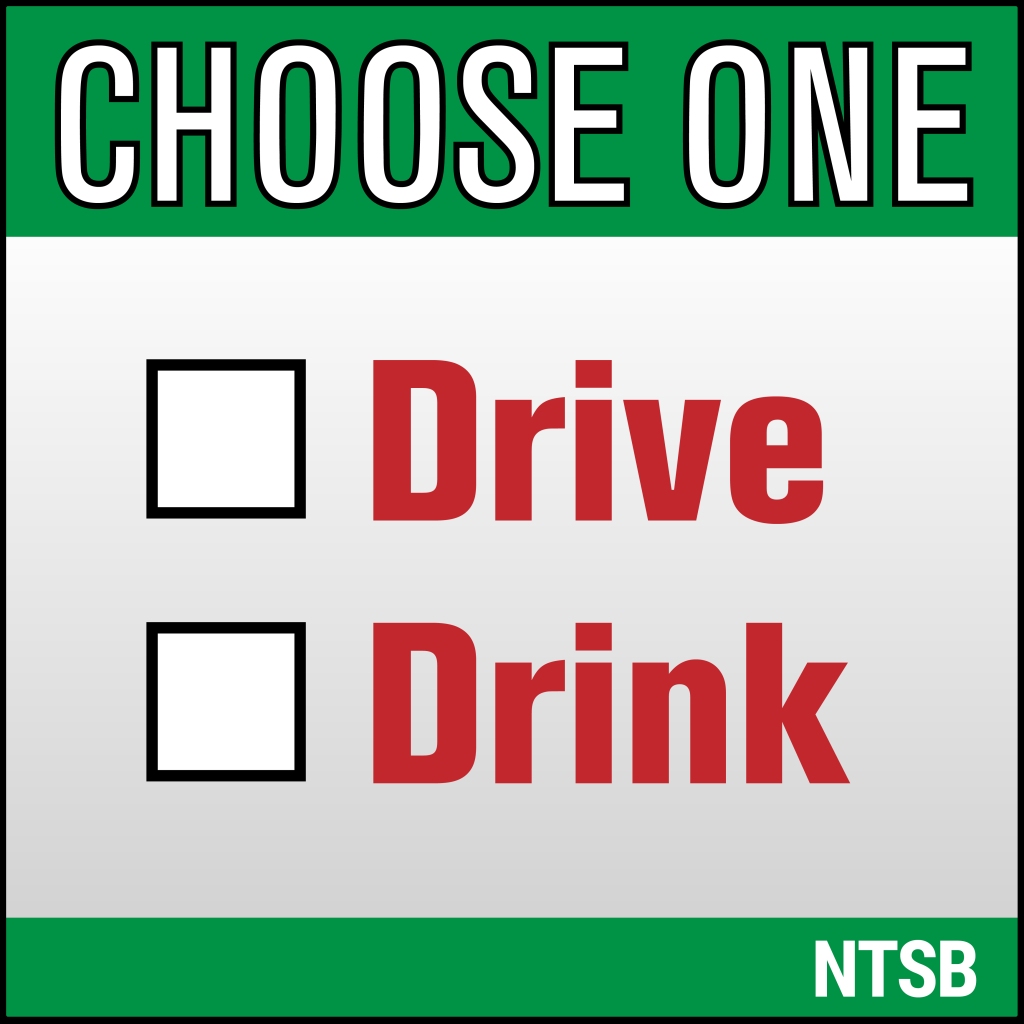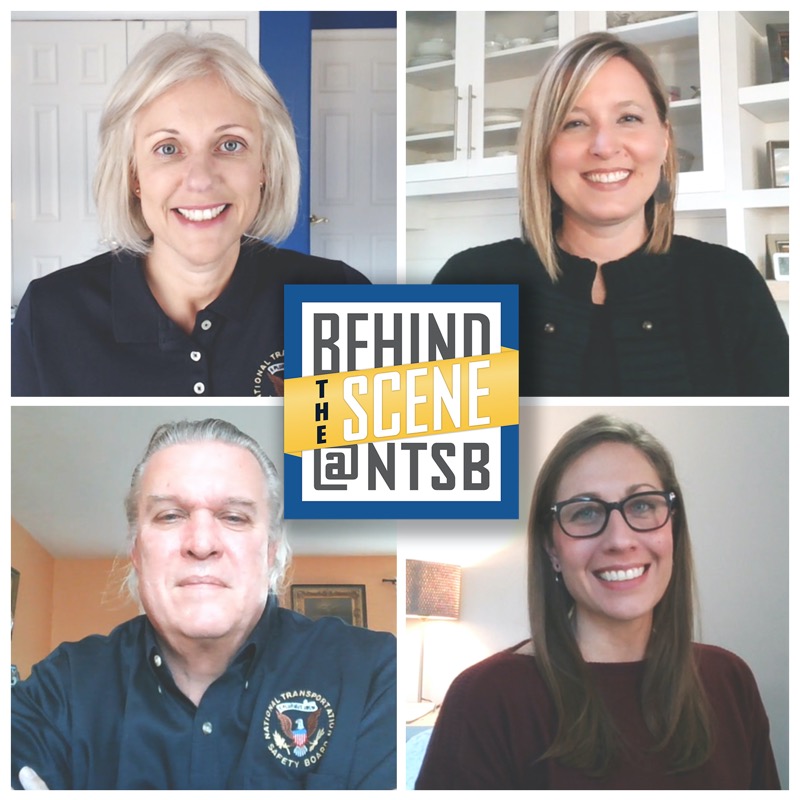By Chairman Robert Sumwalt
It’s been quite a year! This time last year, none of us had heard of COVID-19. It’s still difficult to process the profound effect that this crisis has had, and continues to have, on people’s lives and on society.
At the NTSB, we understand all too well the duality of a crisis: difficult challenges bringing out the best in people. And this year, our people shined during an unpredictable and stressful time. By putting people first in 2020, we were able to grow, stay engaged, and thrive. From our hastily scrambled-together makeshift home offices and virtual board rooms, we managed, nonetheless, to get the job done.
As expected, our employees showed great resilience and agility, adapting to significant operational change in an uncertain and fast-changing landscape. Following the start of our max telework operations in March, NTSB employees found ways to continue delivering our high-quality products from home. Although I’ve always had high expectations of the NTSB workforce, I can honestly say that, considering the challenges we’ve all faced over the past 9 months, NTSB employees have surpassed all expectations.
The creativity and resilience of our employees working in the virtual environment has led to some unexpected efficiencies, too—in both time and resources. Through our employees’ hard work, the agency has been able to catch up on backlogs, follow up on and close several open recommendations, and publish more reports and products than in years past, putting us in a stronger position moving forward.
Since the beginning of March, our investigative staff across each of the transportation modes have completed 1,293 investigations—a 21‑percent increase over the same period last year.
The employees in our Office of Research and Engineering (RE), who support all our investigations by reading out recorders, providing medical expertise, analyzing materials to determine failure modes, and conducting statistical analyses and data requests, completed 760 reports and fulfilled 240 data requests. Within RE, the vehicle recorders investigative staff completed 361 reports, decreasing their backlog by 60 percent. The materials lab staff reduced their backlog to the lowest it’s been in 12 years.
Since the beginning of the year, our Freedom of Information Act backlog decreased by 85 percent, thanks to the hard work of the employees in our records management division. With a backlog now in the double digits, we have the lowest level of open cases in 8 years. These employees are committed to eliminating the backlog entirely.
NTSB Board meetings, which are essentially hearings where the full Board deliberates accident findings, probable cause, and recommendations, are always conducted in open, publicly attended meetings. Thanks to the efforts of many, we successfully conducted seven virtual Board meetings. Although Board meetings have been webcast for years, these virtual meetings have had some of the highest ever attendance by remote viewers. Three of the seven had over 1,000 remote viewers, and one was the highest ever attended by remote viewers, with nearly 2,500 viewers.
Our Administrative Law Judges conducted 10 virtual hearings, with two more scheduled for next week. Meanwhile, the employees in the Office of the Chief Financial Officer worked with outside auditors to obtain the agency’s 18th consecutive clean audit opinion. This involved working in the virtual space to supply auditors with over 300 documents.
The employees of the NTSB Training Center quickly adopted to the virtual environment, offering eight courses that typically would be taught in person at our training center in Ashburn, Virginia. This is in addition to producing over 40 training courses that are typically administered online for NTSB employees.
Our chief data scientist collaborated with the NTSB’s enterprise architect, our various modal offices, and employees in our Office of Safety Recommendations and Communications (SRC) to develop and roll out a new multimodal database known as SAFTI—System for Analysis of Transportation Investigations. Concurrent with this project, NTSB staff developed a new online database search tool known as CAROL—Case Analysis and Reporting Online query tool, which provides the public with advanced search capability when seeking investigative information. SAFTI and CAROL were mandated by Congress and, through the tireless efforts of our employees, the project was completed on time.
There are several other important functions that our employees performed behind the scenes, such as recruiting and onboarding new employees, working to procure contracts, writing legal opinions and providing legal counsel, along with other administrative tasks. Our managing director and her staff, along with other senior agency leaders, run the NTSB’s day-to-day operations. All of these employees are so vital to keeping the wheels of the agency turning, whether it’s through clear skies or through the dark overcast of a pandemic.
None of this could have been possible without a robust IT network. Many of us, myself included, had never heard of Microsoft Teams or Zoom at the beginning of 2020. Thankfully, all throughout 2019, NTSB’s IT team was busily implementing a highly available, resilient network with state-of-the-art virtual collaboration tools. When the pandemic hit, these IT enhancements allowed us to continue to fulfill our mission, virtually and without delay.
Additionally, employees were able to stay informed and connected during 100 percent max telework thanks to the launch of our internal intranet platform, InsideNTSB. The SRC team deployed the new site at the end of February. It has become a daily hub for communications where employees can find fresh news and event announcements, work resources, and articles spotlighting staff and office achievements.
Fundamental to accomplishing our mission was the commitment to keep our people safe. We assembled a COVID team consisting of our in-house medical professionals and representatives from other offices, including our managing director’s office, human resources division, and our workplace safety experts. The team was tasked with determining the safest and most appropriate way for us to resume investigative travel, including launching to investigations and investigative follow-up activities. Working in close collaboration, our RE and CIO staff developed a COVID dashboard, which shows the COVID rate in near real time for each county in the country. This information is fed into an extensive risk assessment that we use to determine how to proceed with travel.
All of this is to say how much I appreciate the resilience and commitment of the great employees of the NTSB, including the agency’s leadership team. While faced with a crisis of unimagined proportion, these employees have shown great resolve. It’s our employees that make the NTSB one of the best places to work in the federal government.
I wish all a safe and healthy holiday season, and a very good new year!




